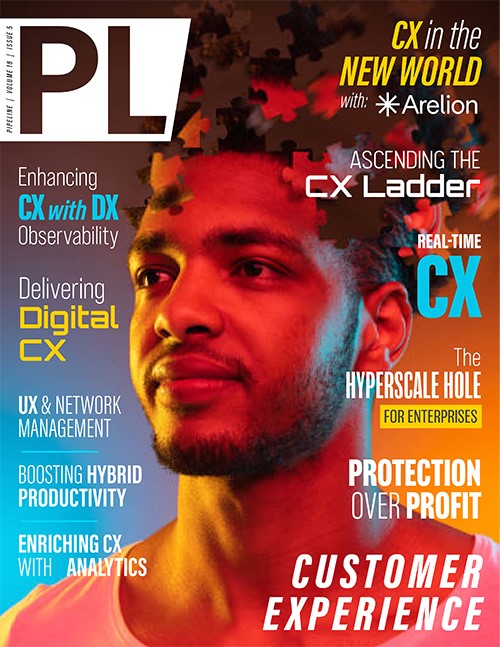The New World of UX in Network Management
CDX® can include a new interface and an updated look and feel as most tools are certainly in need of a UI refresh every few years, but this is just the surface. When we reference CDX®, we are speaking to the whole experience, start to finish. Who is it for and is it meeting their specific needs? This entails what data is presented, and how everything is organized in apps and features, the navigation, features, priority, customization, platform, and analytics—all of which drive toward a specific use case and goal. This sometimes requires looking at why we do what we do, not just what we do or have done in the past. For example: what is the business driver for this, what is the goal, what is the measure of success, what is the impact to the customer, what is the technological impact?
The end game delivers the right information, to the right person, at the right time using whatever device they prefer to work on.
All of this should be based on their role, goals, job function and personal preferences, so that we don’t have humans waiting around, searching screens and sets of data, or needing to reach out to other groups to gather information just to be able to make a good decision.
Knowledge isn’t power; rather applied knowledge is power. This means we all need to use whatever tools we can such as role-based templates to make the data meaningful, understandable, and actionable. We should leverage smart dashboards that aren’t just blank canvases, but instead are research-informed templates that can be refined and customized as needed. We should allow the ability to enable notifications and proactive alerts and set those parameters with guidance so that you aren’t creating a spam storm for yourself or others.
This is the realization of CDX in proactive use cases. The software should be able to tell users when they should do something or when something happened where proactive actioning is required. Consider, for example, that the primary path for your network is about to go down; you can switch paths proactively; a new support ticket is auto generated to address the primary path and you were able to get that notification on your watch as well as a graph on the dashboard tracking this pattern. This type of evolution requires some focus and a team that is open to change and innovation. It will take time and effort, but in the end, you have a more intuitive, more accessible, more reliable, and even a more enjoyable experience for every ‘driver’ across your network.
A look outside the window
So far, we’ve looked at how the evolution impacts us and our internal operations-centric teams. These types of easy-to-use-and-understand tools allow you to leverage the power of the data on your network. This in turn results in a lot more people that are impacted—not just those internal to your company, but also potentially your customers.
Think about the opportunity for self-service, about being able to give premium visibility at the circuit and service level and how valuable this information would be from an understanding, troubleshooting, and time-saving standpoint. Taking this same CDX® mindset and applying that to external customers is a logical and powerful next step.

Figure 3: Self-service transformation
click to enlarge
To revisit the transportation analogy, the further we evolve to the right, the faster we can move. Autonomous networking or data-driven actionability allows us to move beyond the need for people to do simple repetitive tasks—at times reducing or even removing the need for the human factor when we have a better understanding of the



















